Environmental education is a vital component of education, providing students with hands-on experiences in nature, and creating awareness about the environment. Environmental educators play a crucial role in facilitating these outdoor activities, but they also face unique challenges and risks. The need to ensure safety during nature interactions cannot be overstated, and this is where first aid kits for environmental educators come in.
First aid kits for environmental educators are specifically designed to cater to the needs of outdoor activities and expeditions. They provide essential medical supplies required to handle injuries, emergency situations, and other outdoor-related incidents. Planning and preparedness are crucial for environmental educators to ensure that they are well-equipped to manage any case of injury or medical emergency.
Environmental educators need to be aware of the many risks inherent in outdoor activities. From insect bites and stings to sprains and strains, there are numerous ways students can get hurt during outdoor activities. Moreover, exposure to the elements, like sunburn and dehydration, can also put students and educators at risk. To ensure a safer experience for all, it is necessary to have the right safety equipment and first aid supplies in place.
Key Takeaways:
- First aid kits for environmental educators are crucial for ensuring safety during nature interactions.
- Environmental educators need to be well-prepared and equipped to handle potential emergencies or injuries during outdoor activities.
- Environmental education safety kits contain essential items like antiseptic wipes, bandages, emergency blankets, and more.
Ensuring Safety in Outdoor Learning and Exploration
Outdoor learning and exploration are essential components of environmental education. However, the great outdoors can also pose its own set of risks and hazards.
That is why it is crucial for environmental educators to ensure they have the right nature safety gear and first aid supplies on hand. By being well-prepared and equipped, educators can take steps to reduce the risk and potential impact of accidents and injuries in nature.
| Nature Safety Gear | First Aid Supplies for Educators | Safety Equipment for Nature Interactions |
|---|---|---|
|
|
|
It is important to keep in mind that the specific needs of the environment being explored may require additional or different safety equipment. For example, if exploring bodies of water, life jackets and flotation devices may be necessary.
To ensure educators are well-prepared for any potential emergencies, it is also recommended to undergo first aid and emergency response training. Educators should also stay updated on best practices and new advances in nature interaction safety.
Overall, prioritizing safety and preparedness is key to successful and enjoyable outdoor learning and exploration for environmental educators and their students.
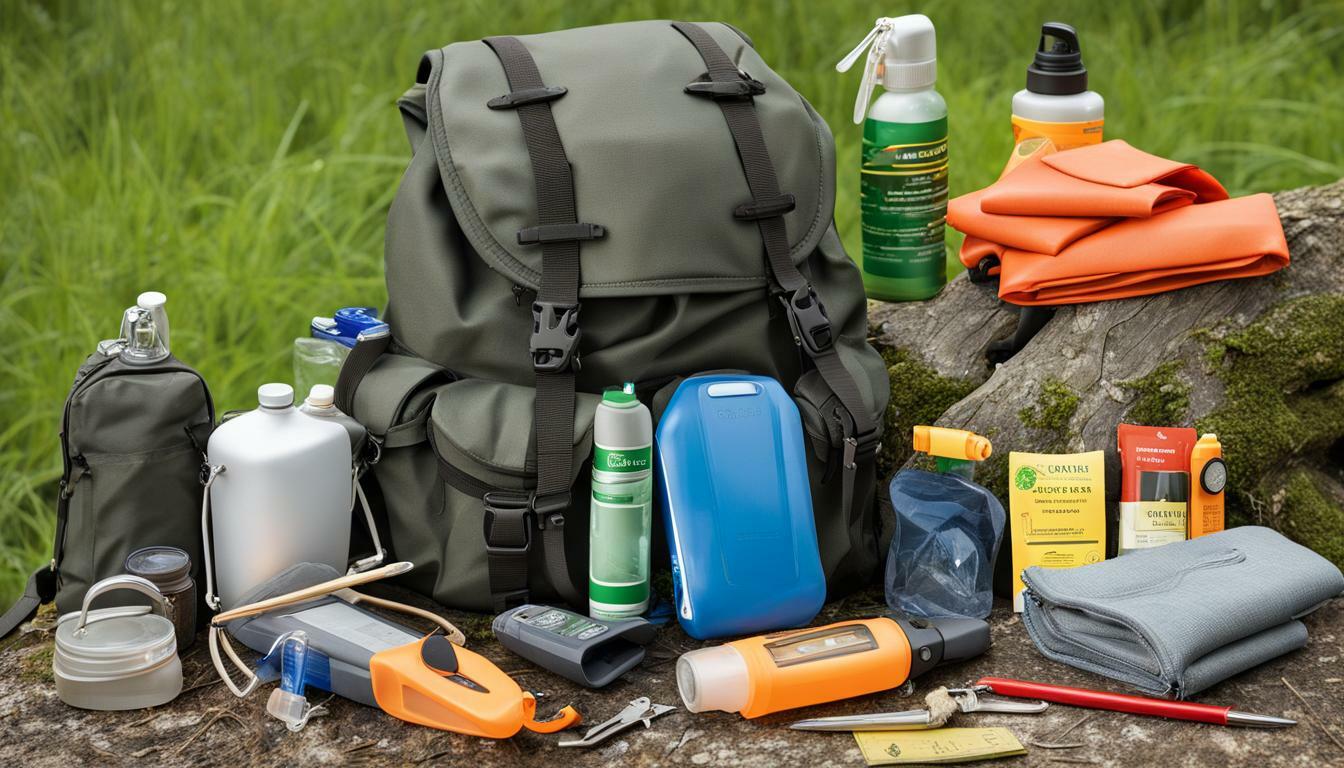
Environmental Education Safety Kits: What They Include
Environmental education safety kits are essential for any nature educator to ensure that they are well-prepared and equipped to handle potential emergencies or injuries in nature. These kits include a range of items that are specifically designed to meet the needs of outdoor learning and exploration.
So, what exactly should a nature educator first aid gear include?
| Item | Purpose |
|---|---|
| Bandages | To cover wounds and stop bleeding |
| Antiseptic wipes | To clean wounds and prevent infection |
| Gloves | To protect the educator’s hands and prevent contamination |
| Tweezers | To remove splinters or ticks |
| Scissors | To cut tape or clothing in an emergency |
| Emergency blanket | To keep the educator or the injured person warm and dry |
| Instant cold pack | To reduce swelling |
| First aid manual | To provide guidance on how to treat specific injuries |
Other items that may be included in environmental education safety kits are pain relievers, insect repellent, sunblock, and emergency whistles. The specific contents of the kit may vary depending on factors such as the size of the group, the duration of outdoor activities, and the specific needs of the environment they will be exploring.

Overall, nature educator first aid gear is an essential part of any outdoor excursion, as it ensures that educators are well-prepared and equipped to handle any potential emergencies or injuries that may occur. By having the appropriate safety equipment on hand, educators can help ensure the safety of themselves and others during nature interactions.
The Importance of Preparedness for Environmental Educators
Environmental educators face potential risks and emergencies during nature interactions, from simple cuts and bruises to more severe injuries and medical emergencies. Being prepared with the right outdoor safety kits for educators and environmental educator survival kits is vital to ensuring the safety of students and fellow educators.
Without the proper safety equipment, environmental educators may find themselves ill-equipped to handle emergencies effectively. It is crucial to carry a first aid kit that can meet the specific needs of each group, reflecting the environment of the activity, and the duration of outdoor activities.
Preparedness is not just about having the right safety equipment; it’s also about having the necessary knowledge and skills to handle emergencies effectively. That’s why it is advisable to undergo first aid and emergency response training. With proper training, environmental educators will be better equipped to recognize hazardous situations and respond appropriately.
Carrying outdoor safety kits for educators is not just a matter of personal responsibility, but it also sets an example for students who are participating in these outdoor activities. When students see that their educators are well-prepared and equipped for emergencies, it helps create a culture of safety and awareness around nature interaction safety.
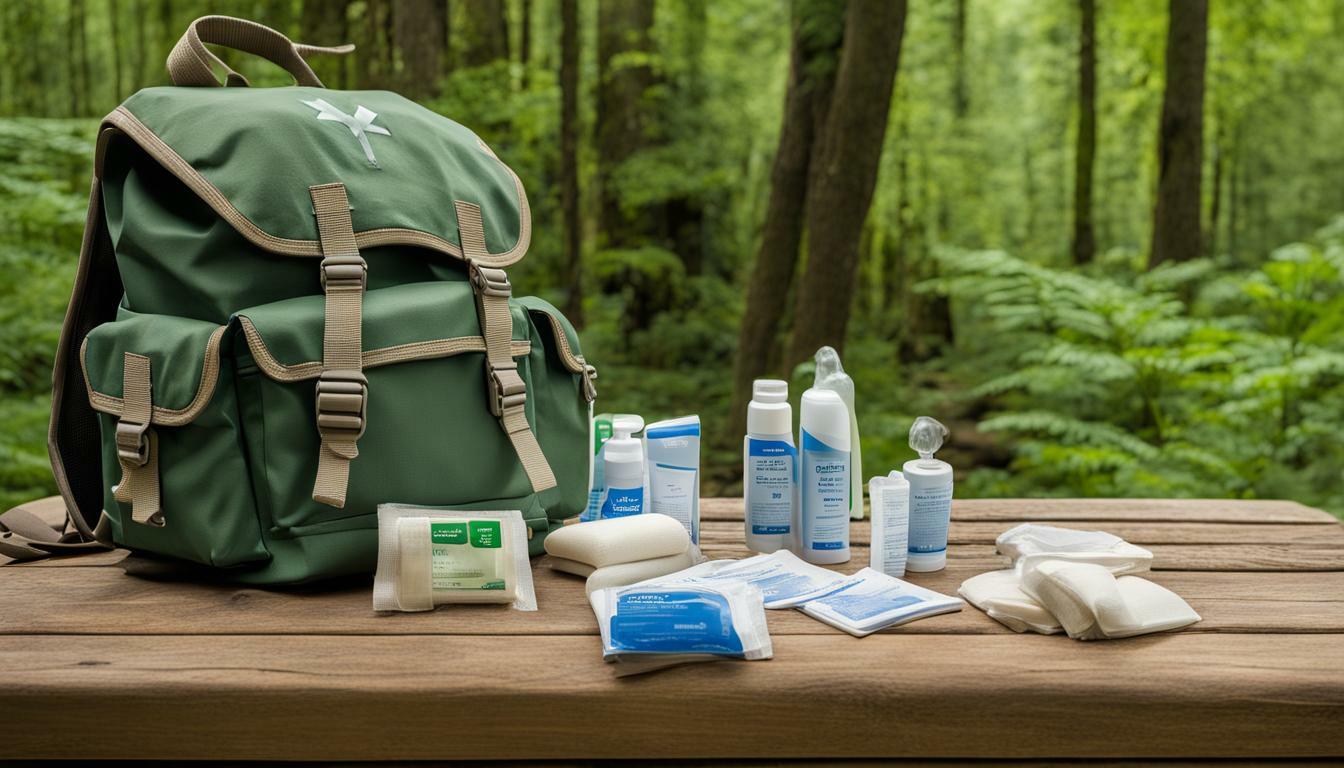
Regular maintenance and inspection of first aid supplies for educators and environmental education safety kits are also critical. It is essential to check for restocking supplies, ensuring that all items are in good condition, and within their expiration dates.
Overall, being prepared and well-equipped with the right outdoor safety kits for educators and environmental educator survival kits, proper knowledge, and skills will not only protect oneself but also ensure the safety of those participating in outdoor activities and interactions with nature.
Choosing the Right First Aid Kits for Environmental Educators
When it comes to selecting the appropriate first aid kits for environmental educators, there are several factors to consider. The size of the group, the duration of outdoor activities, and the specific needs of the environment they will be exploring all play a role in determining the right kit to choose.
First and foremost, it’s essential to ensure that the kit includes nature safety gear. This should include items such as insect repellent, sunblock, and appropriate clothing for the weather and environment. Other vital items to consider including are:
| Item | Purpose |
|---|---|
| Bandages and gauze | To treat cuts and wounds |
| Antiseptic wipes | To clean wounds and prevent infection |
| Emergency blanket | To keep victims warm and dry in cold or wet conditions |
| Tweezers | To remove splinters or ticks |
It’s also important to consider the number of people in the group and to ensure that there are enough supplies to meet the needs of everyone. For larger groups, it may be necessary to have multiple kits or to consider a more extensive first aid kit designed specifically for outdoor activities.
Lastly, it’s crucial to choose high-quality Environmental Educators First Aid Kits that are durable, waterproof, and able to withstand the rigours of outdoor activities. When investing in a first aid kit, it’s essential to ensure that it is designed for the specific needs of environmental educators and nature interactions.
By selecting the right first aid kit, environmental educators can be well-prepared to handle any potential emergencies or injuries that may arise during outdoor learning and exploration.
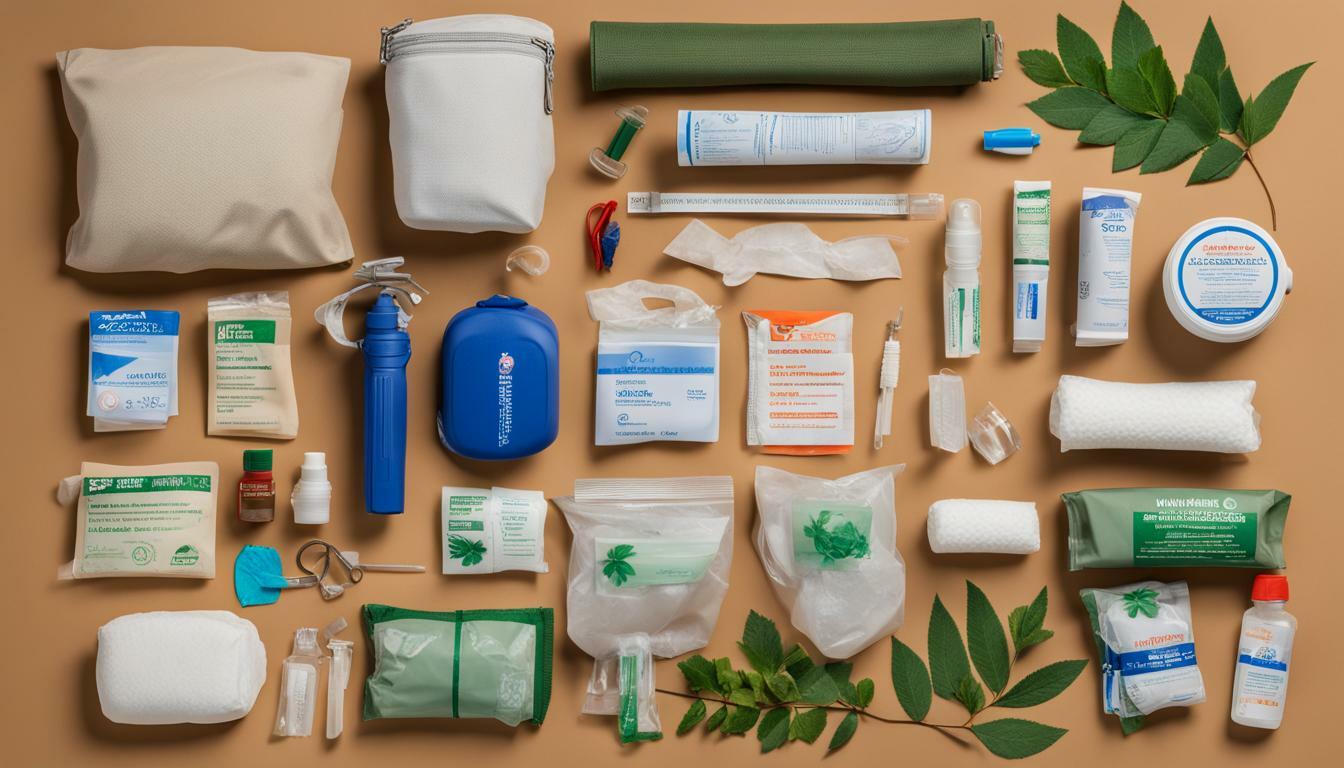
Training and Education for Environmental Educators
When it comes to nature interaction safety, it is crucial for environmental educators to be well-prepared. Investing in the right safety equipment for nature interactions, such as first aid kits, can make a significant difference in handling potential emergencies or injuries that may occur during outdoor activities.
However, it is equally important for educators to receive proper training and education to effectively use this equipment and respond to emergencies promptly. First aid and emergency response training can prepare educators to handle a range of situations, from minor injuries to more severe incidents.
Moreover, ongoing education is essential to stay updated on best practices and advancements in nature interaction safety. This includes keeping up-to-date with new safety equipment, techniques, and protocols. Continuing education can also help educators refresh their knowledge and skills, ensuring that they are always ready to respond to any emergency that may arise.
Ultimately, investing in training and education for environmental educators is critical to promoting a culture of safety and preparedness. By equipping educators with the knowledge and skills needed to handle emergencies promptly and effectively, we can create safer and more positive learning environments for all involved.
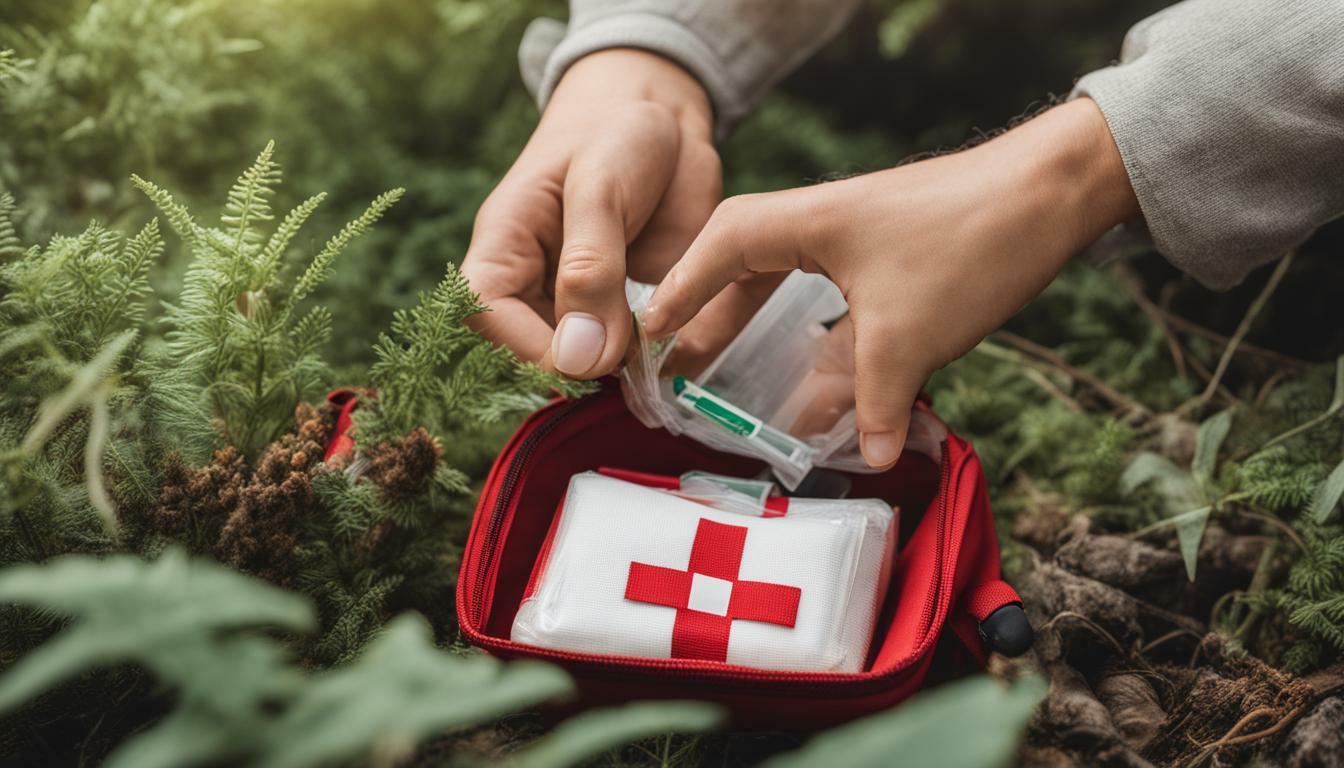
Takeaway:
Investing in safety equipment for nature interactions, such as first aid kits, is essential for environmental educators. However, proper training and education are equally crucial to effectively use this equipment and respond to emergencies promptly. With ongoing education, educators can stay updated on best practices and advancements in nature interaction safety, promoting a culture of safety and preparedness.
First Aid Kit Maintenance and Inspection
Having an environmental education safety kit is only the first step towards ensuring nature interaction safety for educators. It is equally important to regularly maintain and inspect the first aid supplies to ensure they are in good condition and ready to use when needed.
Regular checks can help identify any expired or damaged items and prevent any potential risks. Additionally, restocking the supplies is crucial to ensure that the kit is equipped with enough materials for emergency situations.
Checking the First Aid Kit
It is recommended that the environmental education safety kit is checked at least once a month to ensure that all items are in good condition. This includes:
- Checking for any damaged or expired items
- Ensuring that all items are still in their original packaging
- Verifying that all items are clean and dry
- Checking the battery life of any electronic devices
- Verifying that there is enough stock of each item in the kit
These checks can help ensure that the first aid supplies are ready to use and can be relied upon during an emergency.
Restocking the Supplies
Restocking the environmental education safety kit is essential to ensure that it is equipped with everything needed to handle potential emergencies. This includes:
- Replenishing items that have been used or have expired
- Considering the specific requirements of the environment where the educators will be exploring
- Adding any additional items that may be useful for the specific group or activity being undertaken
It is recommended to keep a list of the items in the kit and use it to ensure that all necessary supplies are replenished, and nothing is missed.
Regular maintenance and inspection of the first aid supplies can go a long way in ensuring the safety of environmental educators during nature interactions. It is essential to stay prepared and equipped to handle any emergencies that may arise.
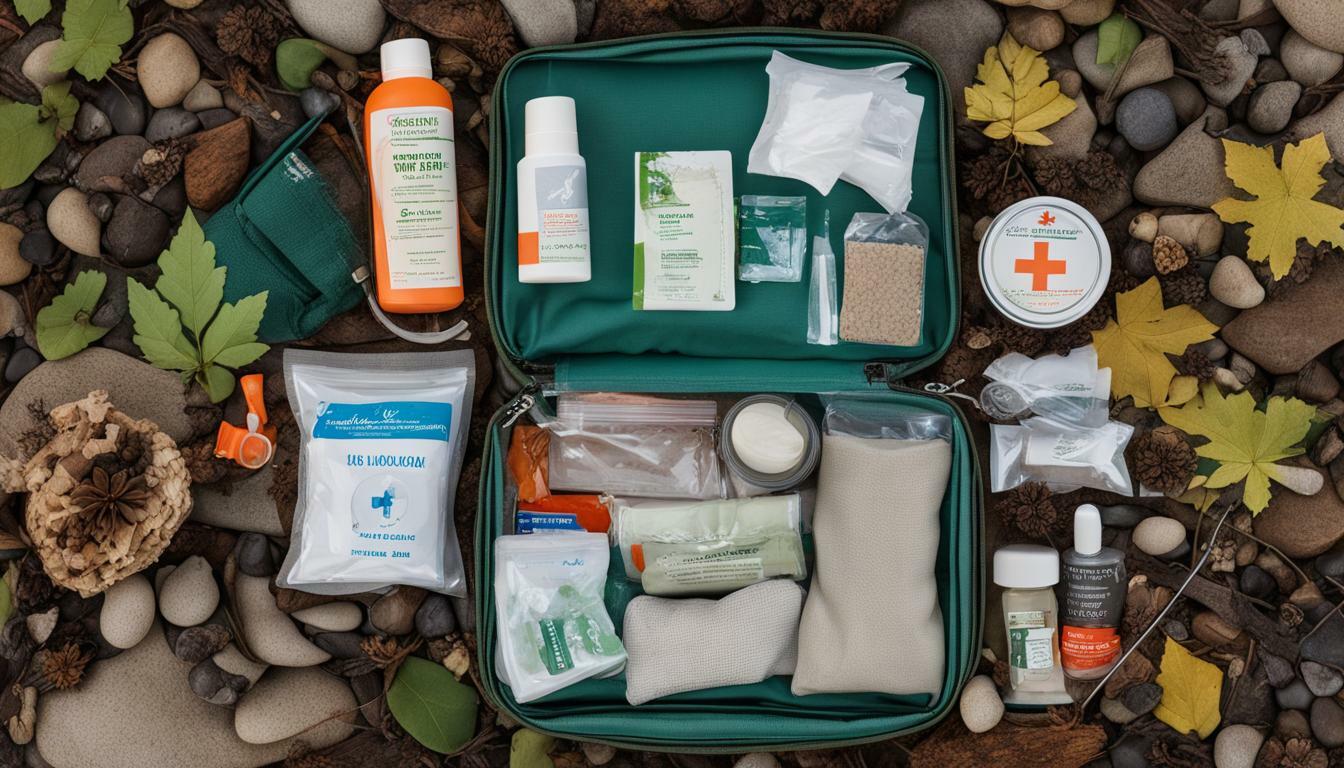
Nature Educator First Aid Gear and Outdoor Safety Kits for Educators
Environmental education can be an exciting and enriching experience, but it also comes with potential risks when in nature. As an environmental educator, it is important to prioritize safety and be well-prepared for any emergencies or injuries that may occur.
One way to ensure safety during outdoor learning and exploration is to have the proper gear and equipment. Nature educator first aid gear and outdoor safety kits for educators can make a significant difference in handling potential emergencies or injuries effectively.
First aid supplies for educators should include essential items such as bandages, antiseptic wipes, emergency blankets, and other items that may be needed based on the specific environment being explored.
Environmental education safety kits are designed to meet the unique needs of environmental educators. These kits typically include first aid supplies, as well as additional items such as insect repellent, sunscreen, and emergency whistles.
Choosing the right first aid kits for environmental educators can depend on various factors such as the size of the group, duration of outdoor activities, and the specific needs of the environment being explored.
It is also important to properly maintain and inspect first aid kits regularly. This includes restocking supplies and ensuring that all items are in good condition and within their expiration dates. By doing this, environmental educators can be confident that they are well-prepared and equipped for any potential emergencies.
Promoting a culture of safety in environmental education is crucial. Educators play a significant role in setting an example, establishing safety protocols, and fostering awareness among students and fellow educators. By prioritizing safety and being well-prepared, environmental educators can create a safe and enjoyable learning experience for all.
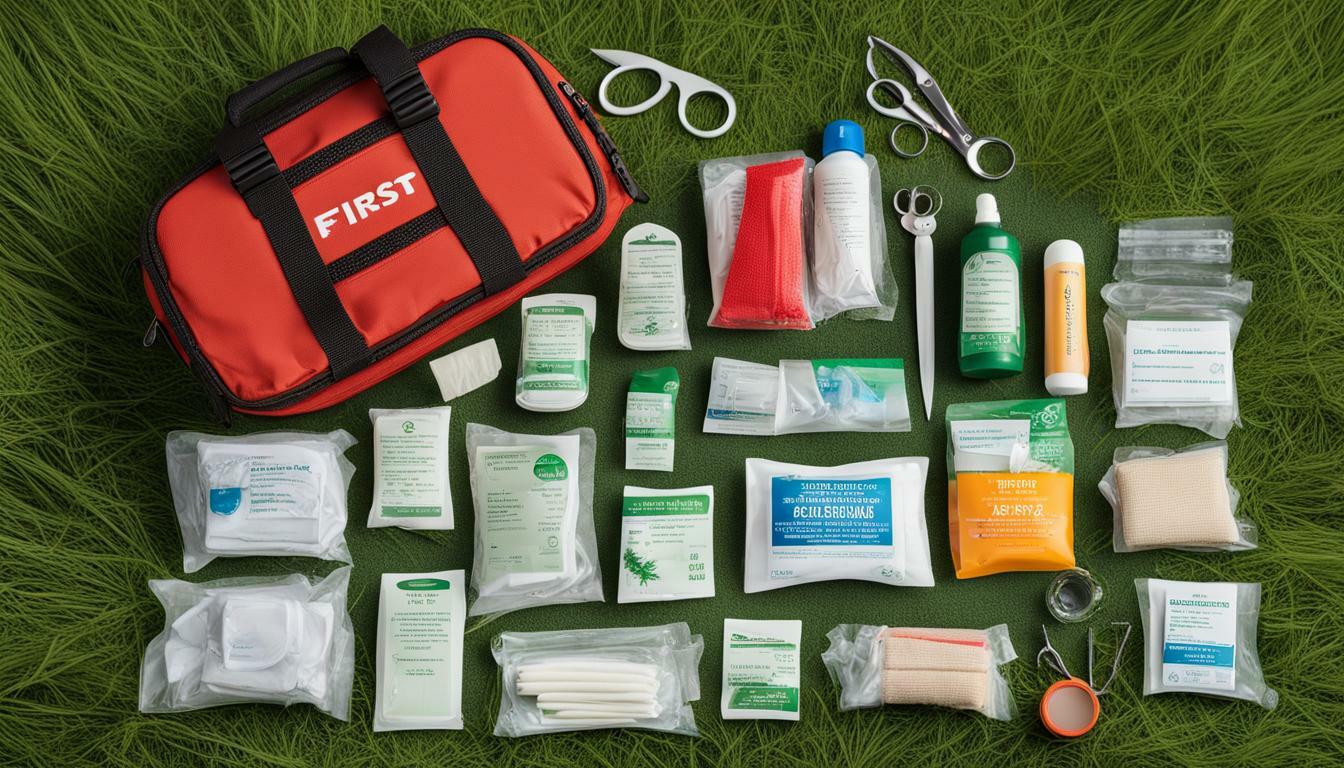
In summary, nature educator first aid gear and outdoor safety kits for educators are essential tools for ensuring safety during outdoor learning and exploration. By choosing the right first aid kits, maintaining and inspecting them regularly, and promoting a culture of safety, environmental educators can prioritize safety and provide an enriching and safe learning experience for all.
Resources and Support for Environmental Educators
Environmental education is a critical field that requires educators to be well-prepared and equipped for potential emergencies in nature. Having a well-stocked environmental education safety kit can make a significant difference in handling unexpected situations and ensuring the safety of all involved.
There are several resources and support options available to environmental educators to help them in their preparedness efforts. Here are a few:
- Outdoor First Aid: This organization offers outdoor first aid training courses specifically for individuals working in the field of environmental education. They offer a variety of courses, including basic first aid, wilderness first aid, and expedition first aid.
- St John Ambulance: This organization offers first aid training courses throughout the UK, including specific courses for those working in outdoor and remote environments. They also offer a range of first aid supplies and kits.
- The Royal Society for the Prevention of Accidents (RoSPA): RoSPA provides a variety of safety training courses and materials, including those focused on outdoor safety and first aid. They also offer consulting services and can assist organizations in developing safety protocols.
Additionally, there are several online platforms and websites that offer information and resources related to environmental education safety kits and first aid supplies. These include:
- The Scout Association: This organization provides a comprehensive guide on how to create a first aid kit specifically for outdoor activities and expeditions. The guide includes a recommended list of items to include and tips for maintaining the kit.
- The British Red Cross: This organization provides a range of first aid training courses, including ones tailored to those working in outdoor environments. They also offer first aid supplies and kits for purchase.
- Adventure Medic: This online platform provides resources and training for medical professionals working in remote and extreme environments. Their resources may be useful for environmental educators working in challenging outdoor settings.
By taking advantage of these resources and support options, environmental educators can ensure they are well-prepared and equipped for potential emergencies in nature. Remember to regularly inspect and restock your environmental education safety kit to ensure it remains effective.
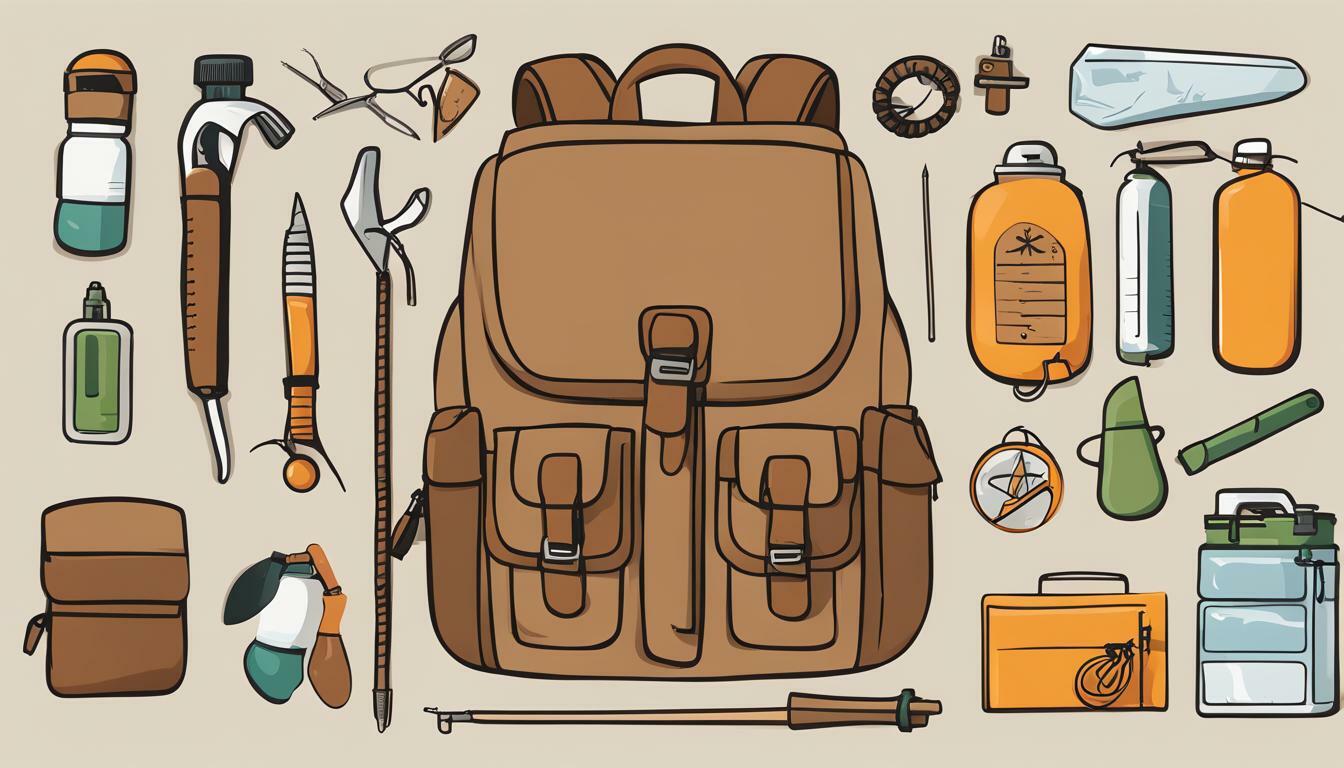
Conclusion
In conclusion, it is clear that environmental educators face specific challenges when it comes to nature interaction safety. Being well-prepared and equipped with the right first aid kits and safety equipment can make a significant difference in handling emergencies or injuries that may occur during outdoor learning and exploration.
Choosing the right first aid kit for environmental educators requires careful consideration of the group size, duration of activities, and environment being explored. Additionally, ongoing training and education are crucial in maintaining a culture of safety and preparedness.
Regular maintenance and inspection of first aid kits is also essential to ensure that all supplies are in good condition and within their expiration dates.
It is the responsibility of environmental educators to promote a culture of safety and establish safety protocols among students and fellow educators. Available resources and support, such as relevant organizations and training programs, can assist in their preparedness efforts.
In summary, investing in environmental education safety kits and promoting a culture of safety can greatly enhance the safety and wellbeing of educators and students alike during nature interactions. Let’s take nature interaction safety seriously and be prepared for any eventuality.
